
Busca tu ebook....

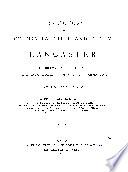
The History of the County Palatine and Duchy of Lancaster
Autor: Edward Baines
Número de Páginas: 720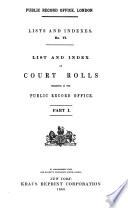
Lists and Indexes
Autor: Great Britain. Public Record Office
Número de Páginas: 488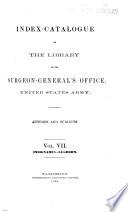
Index-catalogue of the Library of the Surgeon-General's Office, United States Army
Autor: National Library Of Medicine (u.s.)
Número de Páginas: 1076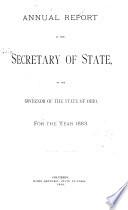
Annual Report of the Secretary of State ...
Autor: Ohio. Secretary Of State
Número de Páginas: 9001868-1909/10, 1915/16- include the Statistical report of the secretary of state in continuation of the Annual report of the commissioner of statistics.
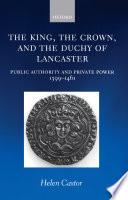
The King, the Crown, and the Duchy of Lancaster
Autor: Helen Castor
Número de Páginas: 362In 1399 Henry Bolingbroke, duke of Lancaster, seized the throne of England to become Henry IV. From 1399, therefore, the Lancastrian kings - unlike their royal predecessors - commanded not only the public authority of the crown, but also the private power of the Duchy of Lancaster. Until now, this has been seen simply as an advantage to the Lancastrian crown, and as an uncontroversial part of the evolution of a 'royal affinity' during the later middle ages. However, this study makes clear that profound tensions existed between the role of the king and that of his alter ego, the duke of Lancaster. This book examines the complex relationship between the king, the crown and the Duchy of Lancaster at both a national and a local level, focusing particularly on the north midlands and East Anglia and, in so doing, sheds light on the nature and functioning of the late medieval English monarchy.
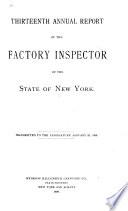
Annual Report of the Factory Inspectors of the State of New York for the Year Ending ...
Autor: New York (state). Office Of Factory Inspectors
Número de Páginas: 906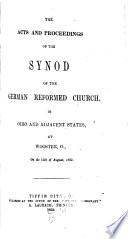
Proceedings of the Reformed Church of Ohio
Número de Páginas: 828
Plantagenet Ancestry: A Study In Colonial And Medieval Families, 2nd Edition, 2011
Número de Páginas: 2352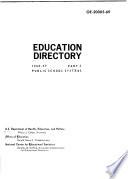
Education Directory
Autor: United States. Office Of Education
Número de Páginas: 216
Luftwaffe Night Fighter Combat Claims, 1939-1945
Autor: John Foreman , Simon W. Parry , Johannes Matthews
Número de Páginas: 250A definitive list of nearly 7,000 claims submitted by Luftwaffe night fighter pilots for Allied aircraft shot down in WW2. These claims are listed with the following details; Date, Time, Location, Type of aircraft shot down, Claiming Pilot and his Unit. Entries feature claims against Russian, American as well as Bomber Command aircraft.
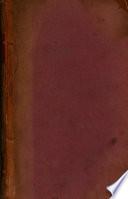
General View of the Agriculture of the County of Lancaster:
Autor: John Holt
Número de Páginas: 286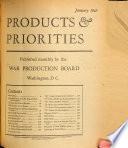
Products and Priorities
Autor: United States. War Production Board
Número de Páginas: 1052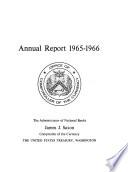
Annual Report - Comptroller of the Currency
Autor: United States. Office Of The Comptroller Of The Currency
Número de Páginas: 460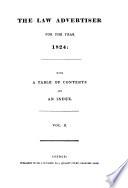
The Law Advertiser
Número de Páginas: 458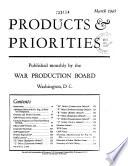
Products & Priorities
Número de Páginas: 1210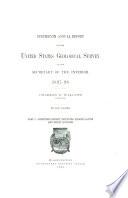
Annual Report of the United States Geological Survey to the Secretary of the Interior
Autor: Geological Survey (u.s.)
Número de Páginas: 450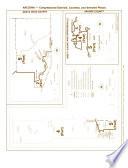
Congressional District Atlas
Autor: United States. Bureau Of The Census
Número de Páginas: 704
Directory of Public Elementary and Secondary Education Agencies
Número de Páginas: 468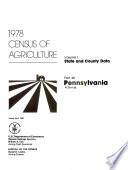
1978 Census of Agriculture: State and county data. (pts.1-56)
Autor: United States. Bureau Of The Census
Número de Páginas: 588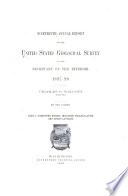
Annual Report of the Director of the United States Geological Survey to the Secretary of the Interior
Autor: Geological Survey (u.s.)
Número de Páginas: 446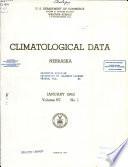
Climatological Data. Nebraska
Número de Páginas: 436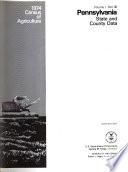
Census of Agriculture
Número de Páginas: 726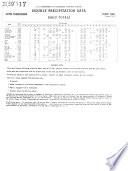
Hourly Precipitation Data
Número de Páginas: 370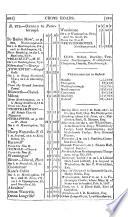
Cary's New Itinerary; or, an Accurate delineation of the great roads ... throughout England and Wales; with many of the principal roads in Scotland from ... actual admeasurement.
Autor: John Cary (geographer)
Número de Páginas: 826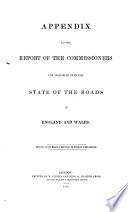
Parliamentary Papers
Autor: Great Britain. Parliament. House Of Commons
Número de Páginas: 660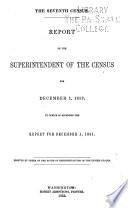
Report of the Superintendent of the Census for December 1, 1852
Autor: United States. Census Office
Número de Páginas: 172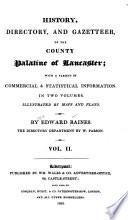
History, Directory, and Gazetteer, of the County Palatine of Lancaster
Autor: Edward Baines
Número de Páginas: 764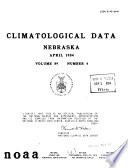
Climatological Data
Autor: United States. Environmental Data Service
Número de Páginas: 744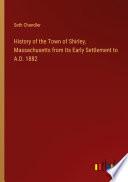
History of the Town of Shirley, Massachusetts from Its Early Settlement to A.D. 1882
Autor: Seth Chandler
Número de Páginas: 782Reprint of the original, first published in 1883.
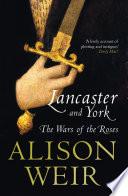
Lancaster And York
Autor: Alison Weir
Número de Páginas: 493A lucid, gripping account of the human side of one of the bloodiest chapters of British history. The war between the houses of Lancaster and York for the throne of England was characterised by treachery, deceit and - at St Albans, Blore Hill and Towton, - some of the goriest and most dramatic battles on England's soil. Between 1455 and 1487 the royal coffers were bankrupted, and the conflict resulted in the downfall of the houses of Lancaster and York and the emergence of the illustrious Tudor dynasty. Alison Weir's account focuses on the people and personalities involved in the conflict. At the centre of the book stands Henry VI, the pious king whose mental instability led to political chaos, Richard Plantagenet, Duke of York and Henry's rival, and most important of all, Margaret of Anjou, Henry's wife who took up her arms in her husband's cause and battled for many years in a violent man's world. 'A joy to read' Economist
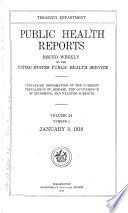
Public Health Reports
Número de Páginas: 1652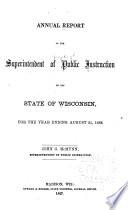
Report
Autor: Wisconsin. Department Of Public Instruction
Número de Páginas: 278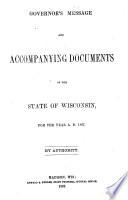
Appendix to the Assembly Journal
Autor: Wisconsin
Número de Páginas: 780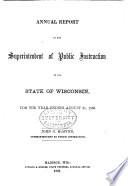
Report
Autor: Wisconsin. Dept. Of Public Instruction
Número de Páginas: 284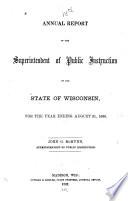
Annual Report of the Superintendent Of...
Número de Páginas: 294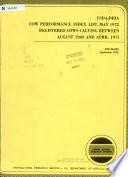
ARS 44
Número de Páginas: 420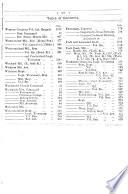
The Monthly Army List
Autor: Great Britain. Army
Número de Páginas: 1940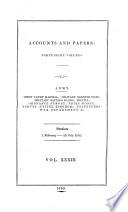
Accounts and Papers of the House of Commons
Autor: Great Britain. Parliament. House Of Commons
Número de Páginas: 562Opciones de Descarga